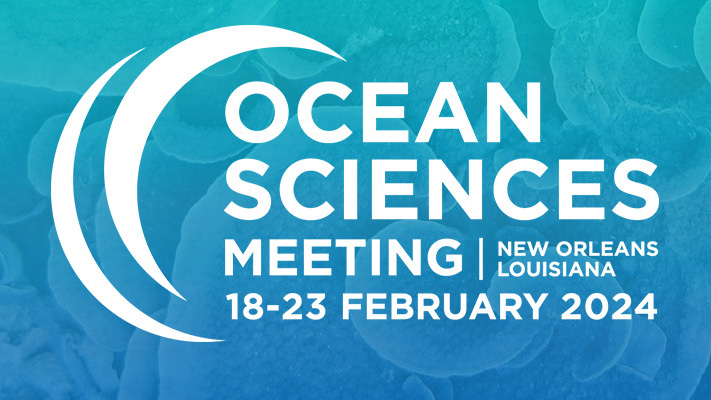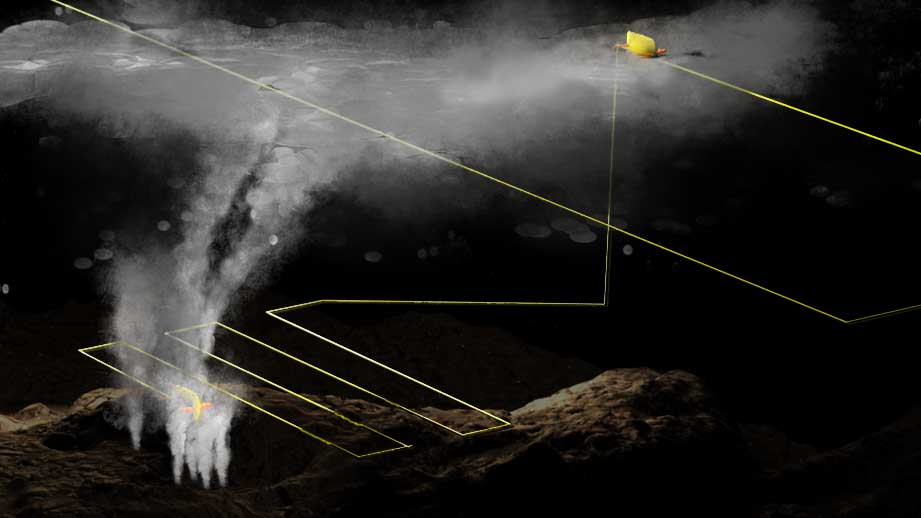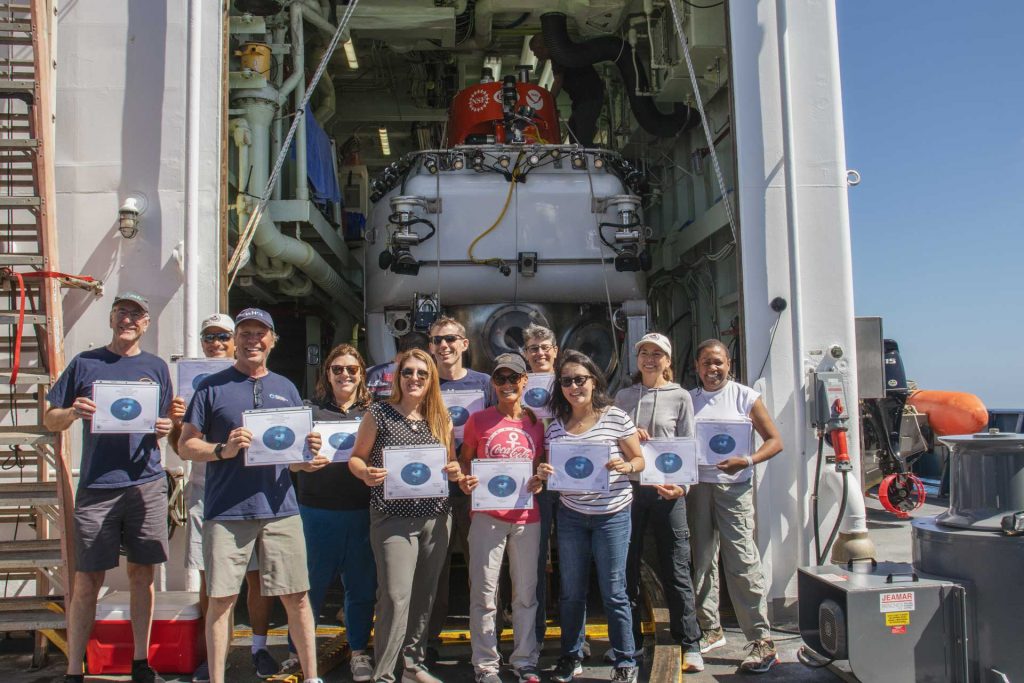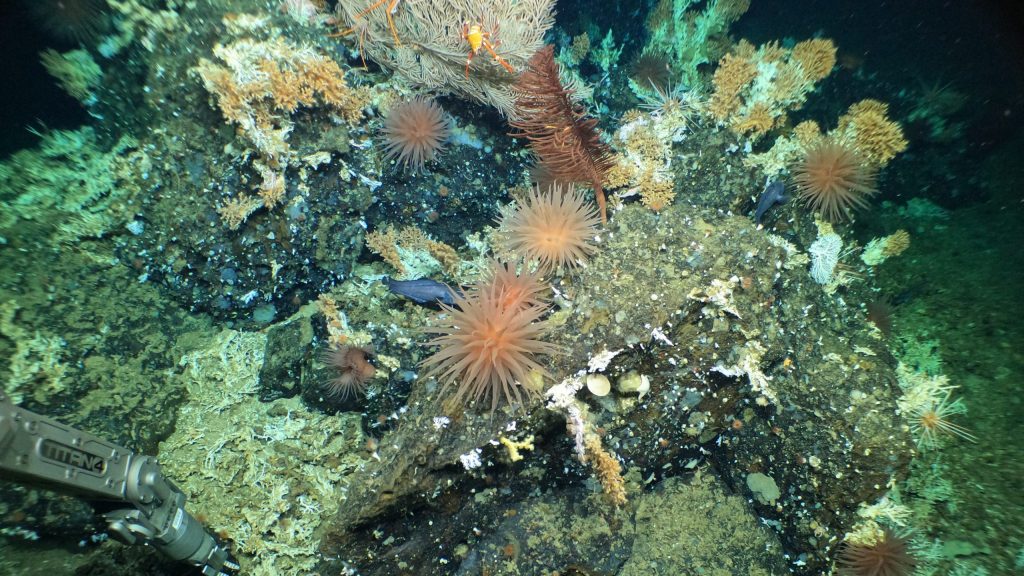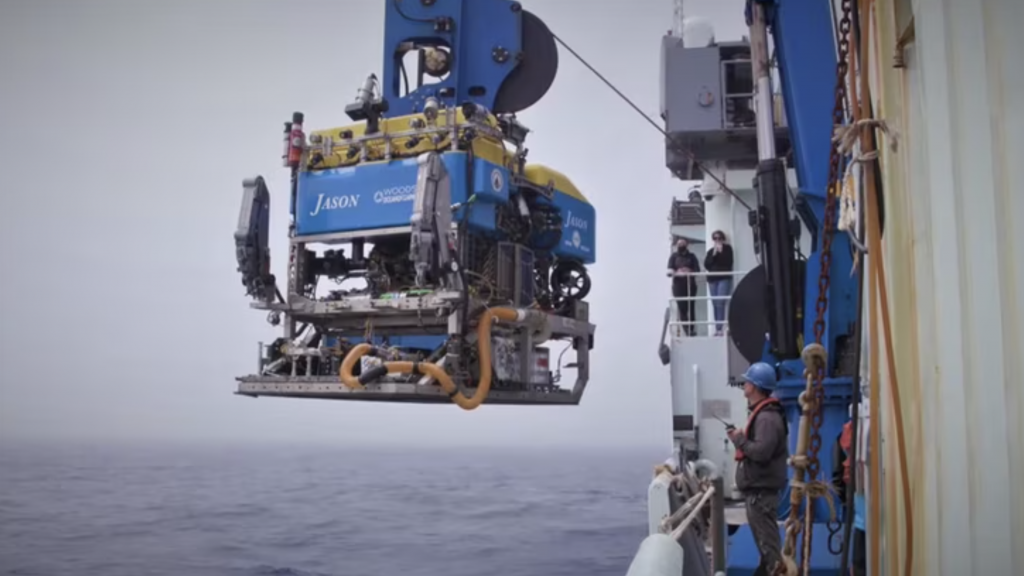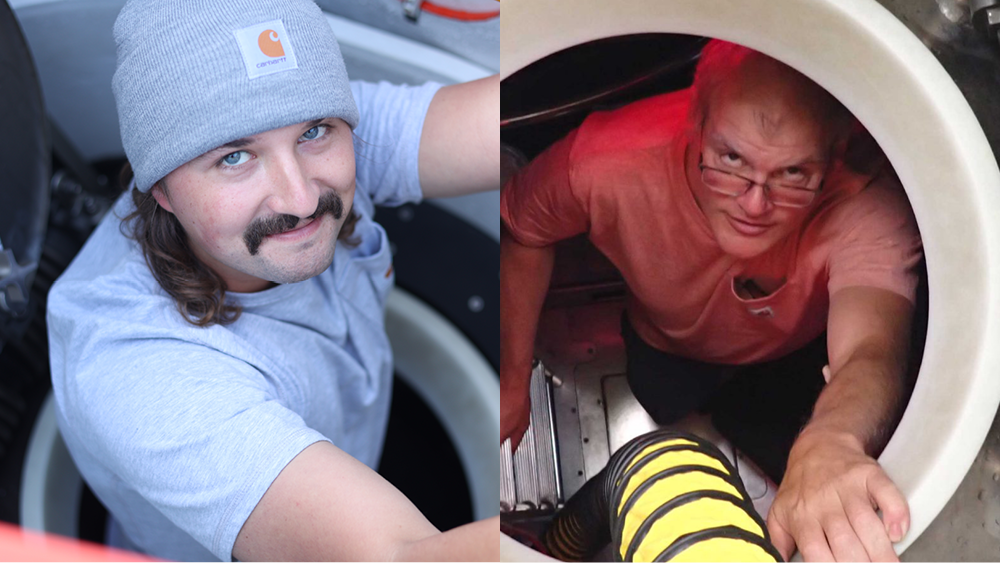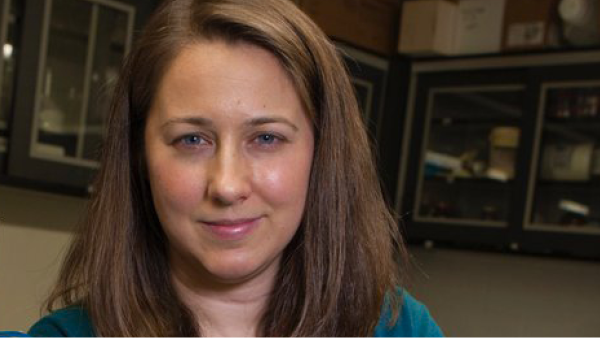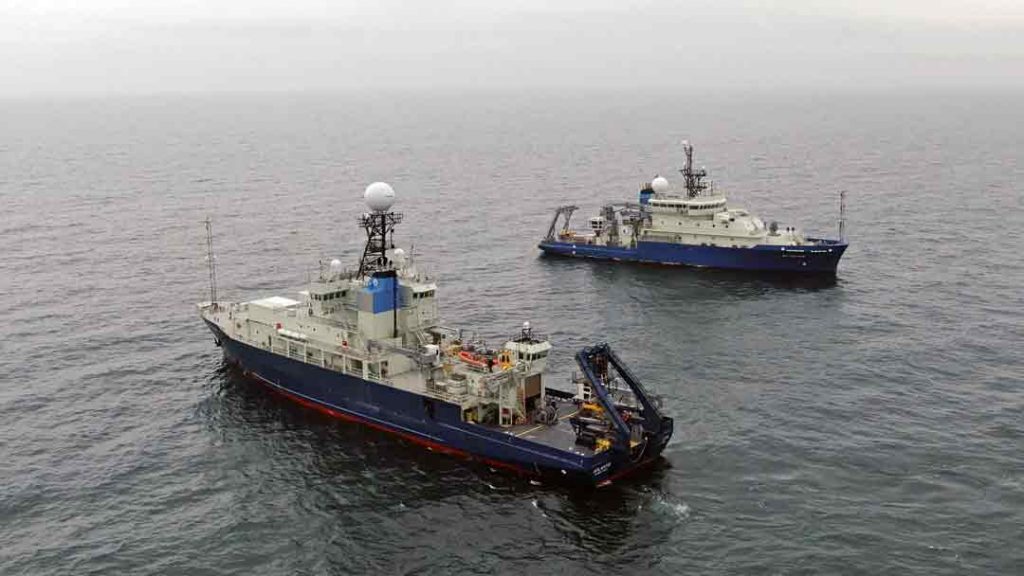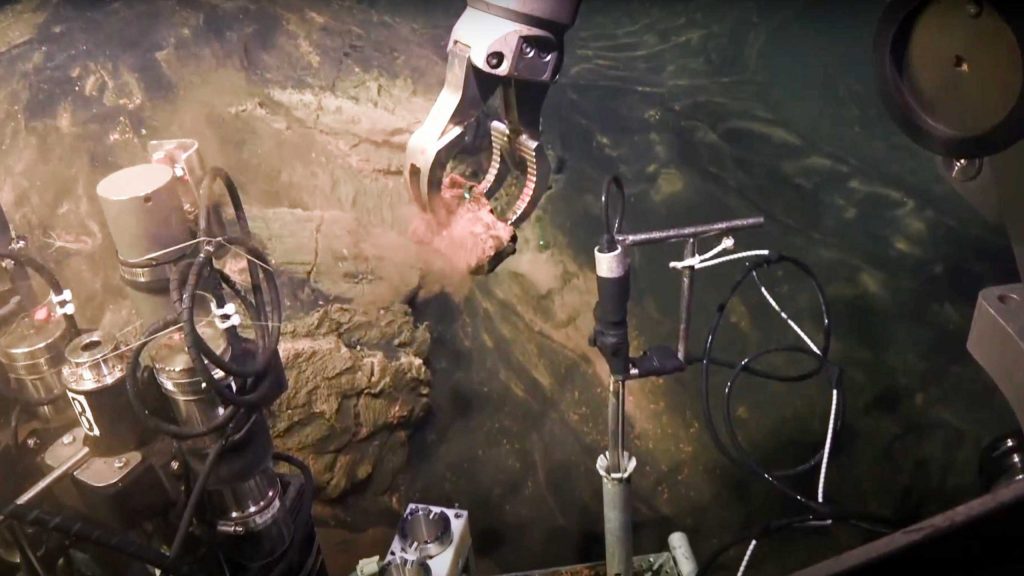Posts by Hannah Piecuch
Science enabled by NDSF vehicles at Ocean Sciences
Learn how data collected from NDSF vehicles is moving science forward. Here are some talks featuring our vehicles at the upcoming Ocean Sciences Meeting 2024.
Read MoreHow to catch a plume
Sampling hydrothermal iron with adaptive AUV Sentry dives. A cruise of unusual and uniquely challenging Sentry missions: real-time course modifications, remotely triggered sample collection, and flying the vehicle in midwater.
Read MoreEleven new Alvin divers!
In August, the Office of Naval Research (ONR) sponsored three days of engineering dives with human-occupied vehicle Alvin off the coast of San Diego, California. The vehicle team and crew of R/V Atlantis took federal agency representatives from the National Science Foundation, ONR, NAVSEA, Office of Management and Budget, National Oceanic and Atmospheric Administration, and WHOI leadership on a short expedition to demonstrate the intricate operations and rigorous protocols that enable safe scientific submersible operations.
Read MoreScientists using HOV Alvin aboard R/V Atlantis discover pristine deep-sea coral reefs in the Galápagos Marine Reserve
Scientists have discovered extensive, ancient deep-sea coral reefs within the Galápagos Marine Reserve (GMR)—the first of their kind ever to be documented inside the marine protected area (MPA) since it was established in 1998. The reef, found at 400-600 meters (1,310-1,970 feet) depth at the summit of a previously unmapped seamount in the central part of the archipelago, supports a breathtaking mix of deep marine life.
Read MoreOregon Public Broadcasting: Deep-sea volcano off the Oregon Coast helps scientists forecast eruptions
Oregon Public Broadcasting Reporter Jes Burns on takes a deep dive into monitoring volcanic activity at Axial Seamount—using ROV Jason—and developing future volcanic predictions. Read the whole story here and don’t miss the video version (or its original sea chanty).
Read MoreTwo new Alvin pilots
Rick Sanger (#44) and Nick O’Sadcia (#45) are the newest Alvin pilots, making them qualified to pilot the sub on science expeditions in the deep sea. Rick Sanger is one of Alvin’s newest Navy-certified pilots. Photo by the Alvin Team, © Woods Hole Oceanographic Institution Rick Sanger is a research engineer at WHOI and has…
Read MoreNDSF user spotlight: Roxanne Beinart on microbes and deep sea science
Roxanne Beinart, photo by Alex Deciccio. Roxanne Beinart is a professor of biological oceanography at the University of Rhode Island’s Graduate School of Oceanography. She’s been using NDSF vehicles since early in graduate school and is a member of the Deep Submergence Science Committee (DeSSC). We sat down with Beinart to hear about how all…
Read MoreIncreased bandwidth on UNOLS fleet
Aerial view of R/V Atlantis and R/V Neil Armstrong at sea together. Photo by Kent Sheasley © Woods Hole Oceanographic Institution Both R/V Neil Armstrong and R/V Atlantis will have expanded bandwidth at sea for the rest of 2023. The faster upload and download speeds are part of a fleetwide trial, funded by the Office…
Read MoreDiving into ocean data: Meet the NDSF data team
The National Deep Submergence Facility—home to Alvin, Jason, and Sentry—is more than just an innovator and operator of underwater vehicles. It also manages data collected by those vehicles. And that adds up to a lot of data.
Read MoreGoing with the flow
Science at sea-part two In the spirit of adjustment, I asked scientists on the expedition how their goals and approaches have evolved since we’ve been underway. Here is a sampler of what they said: Isaac Keohane (University of South Carolina) brought two computers and an external hard drive on the expedition for redundancy. As luck…
Read More
